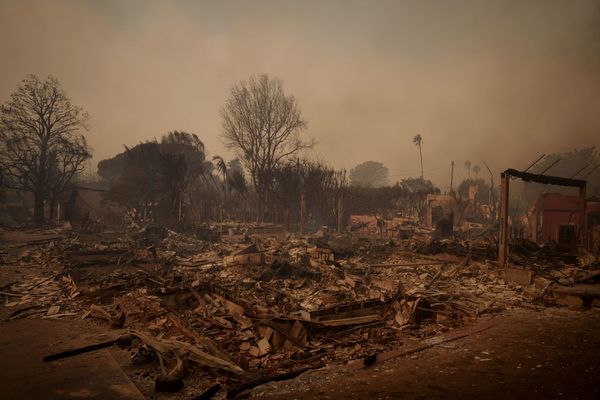During the winter months, migratory birds from the Himalayan and central Asian highlands come to water bodies of south-central Bengal. The rivers of Sunderbans and the Santrgachi Jheel in Howrah and the Kulik Bird Sanctuary are few of the well-known spots where thousands of migratory birds visit every year in winter.
A survey by the West Bengal Forest Department has revealed that the water bodies of Bankura and adjoining areas, which are considered arid regions of the State, have emerged as new havens for migratory birds.
“Nearly 133 species of birds were spotted from 20 water bodies in these regions and many of them are migratory birds. We were spreading awareness against poaching of wild animals during Sikhar Utsav and decided to hold a survey on these water bodies,” S. Kulandaivel, Chief Conservator of Forests, West Bengal, told The Hindu.
He said some of the key water bodies of the region where different species of migratory and non-migratory birds had been spotted were Mukutmanipur Dam, Kadamdeuli Reservoir, Gangdua Dam and Lalbandh in Bankura district while Saheb Bandh and Futiyari Dam in Purulia district.
Variety of species
The species of migratory birds recorded in the region are lesser whistling duck, red-crested pochard, common pochard, tufted duck, northern pintail, great crested grebe along with different species of wagtails.
Anirban Patra, secretary of Green Plateau, one of the organisations involved in the survey, said bird presence was an indicator of the health of the ecosystem of the region. He said some of the birds were so sensitive to the changes in the region that they could sense changes in the pollution and other external factors. “A bird called rufous tailed lark left Mukutmanipur due to construction work and use of a particular kind of paints in 2018. The bird returned in 2020 when the situation improved,” he said.
Dr. Kulandaivel said restoration of water bodies was part of an initiative of the West Bengal government aimed at boosting tourism.







